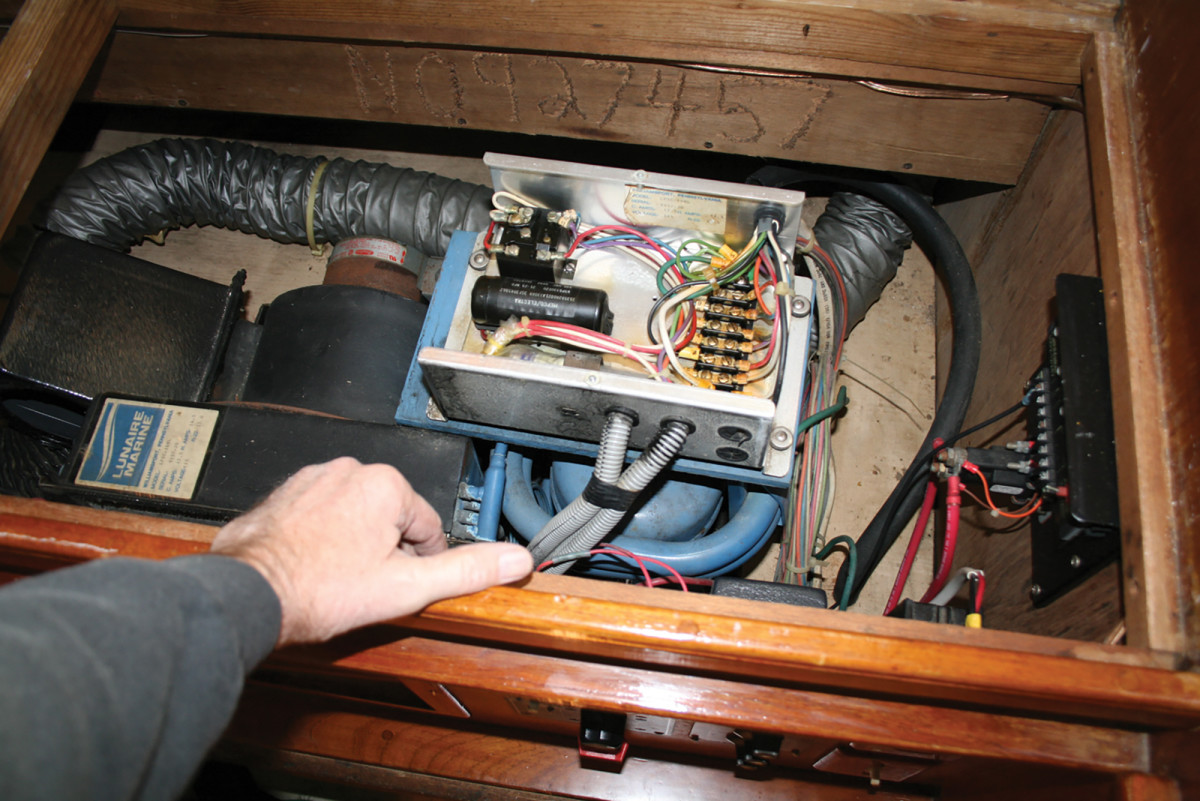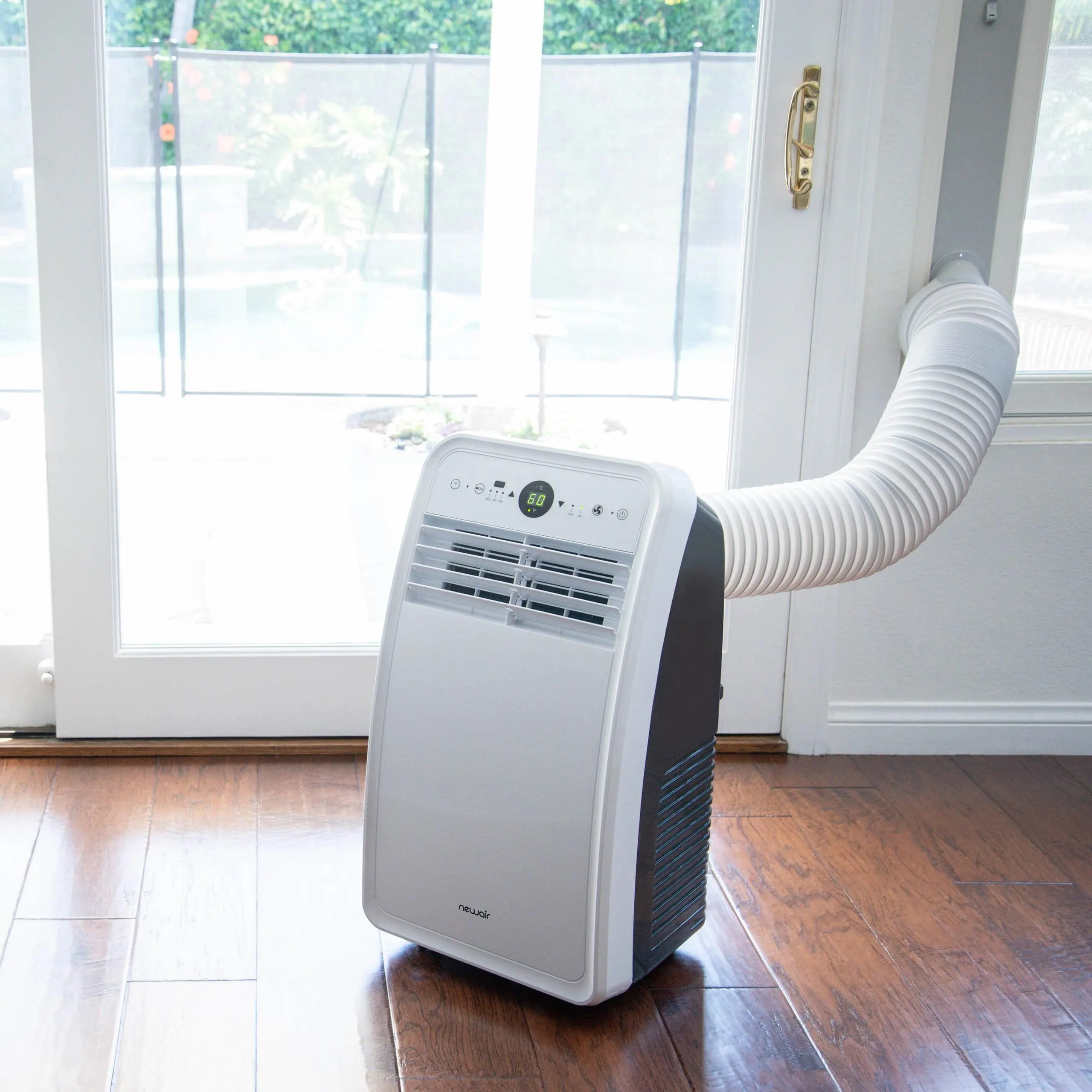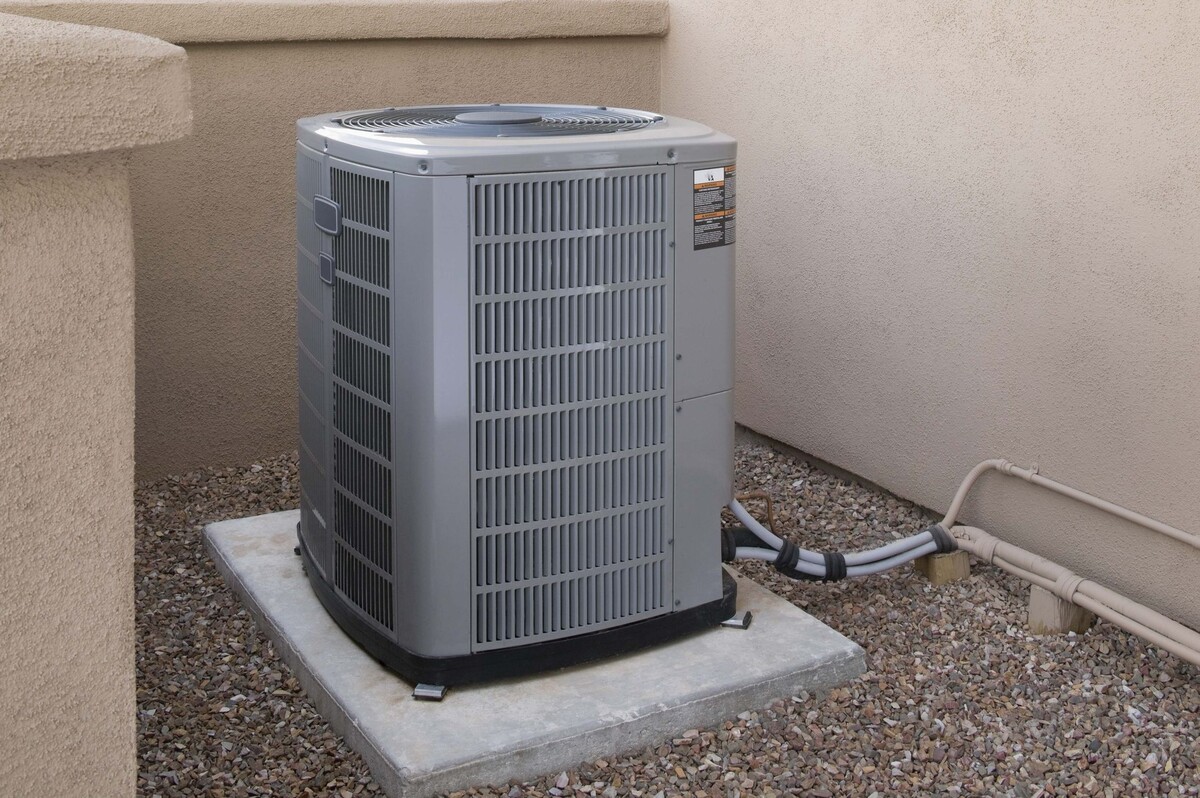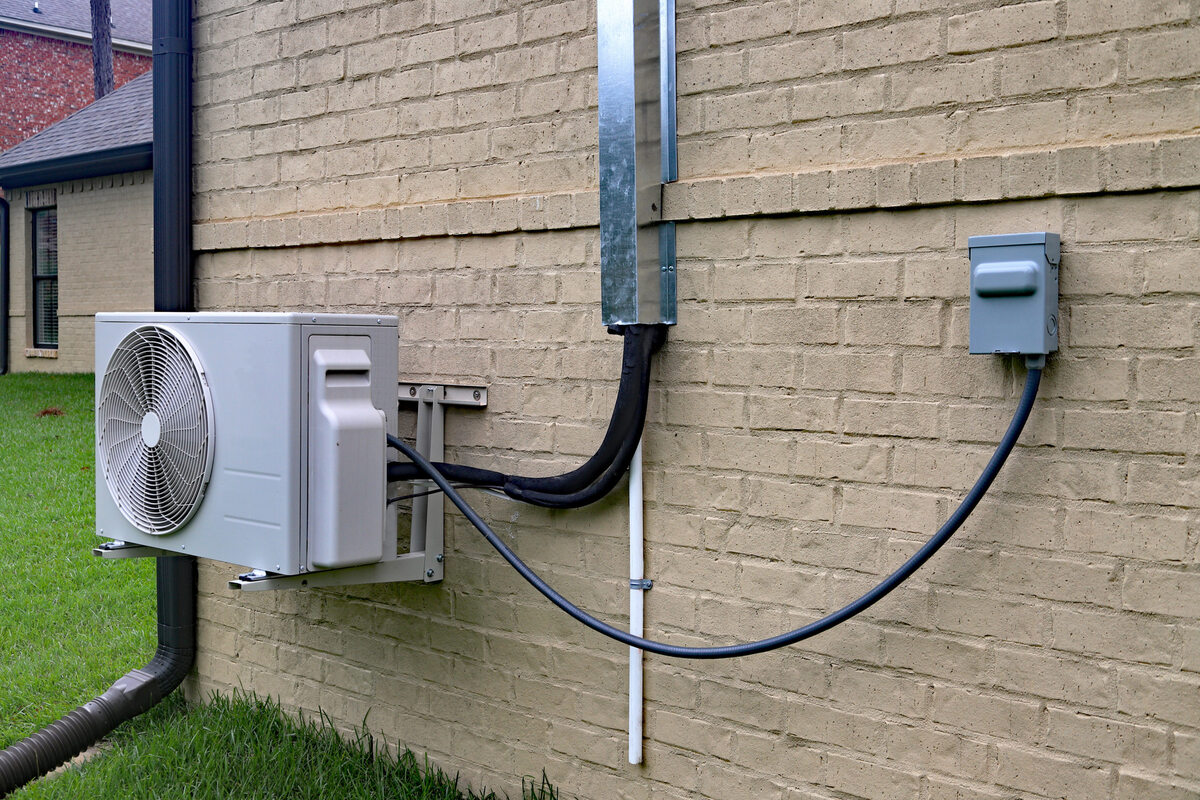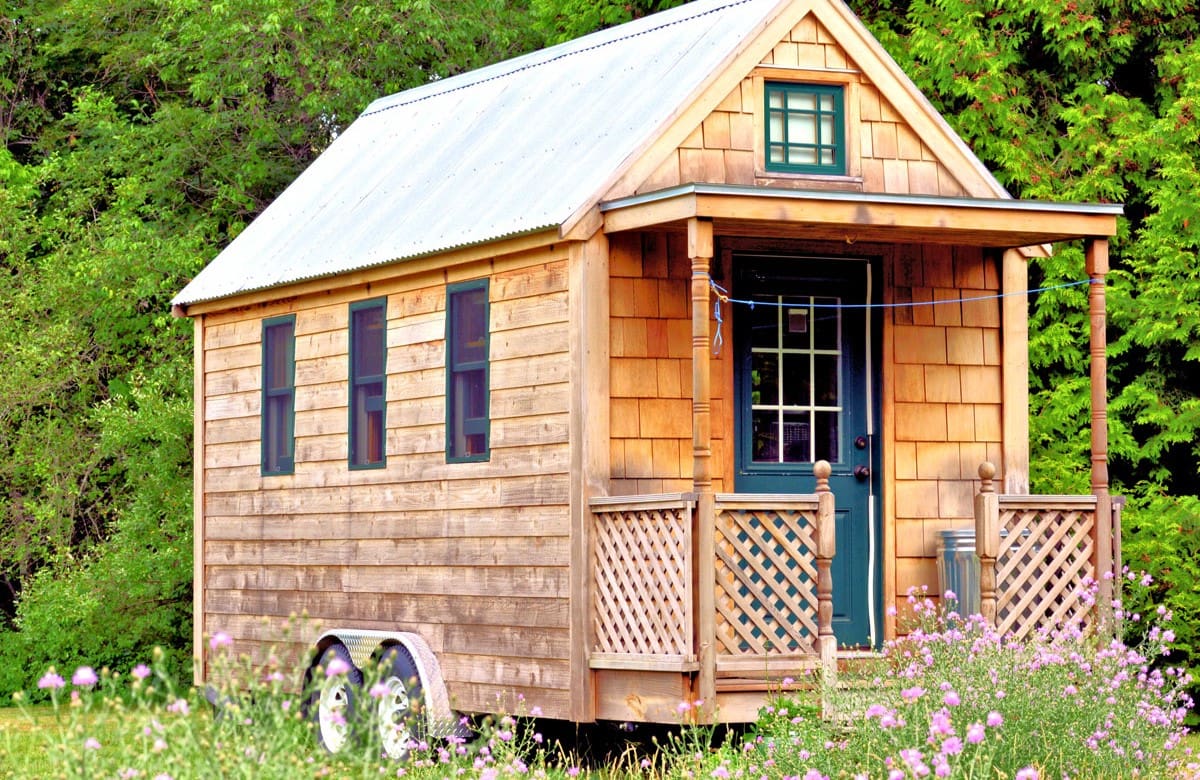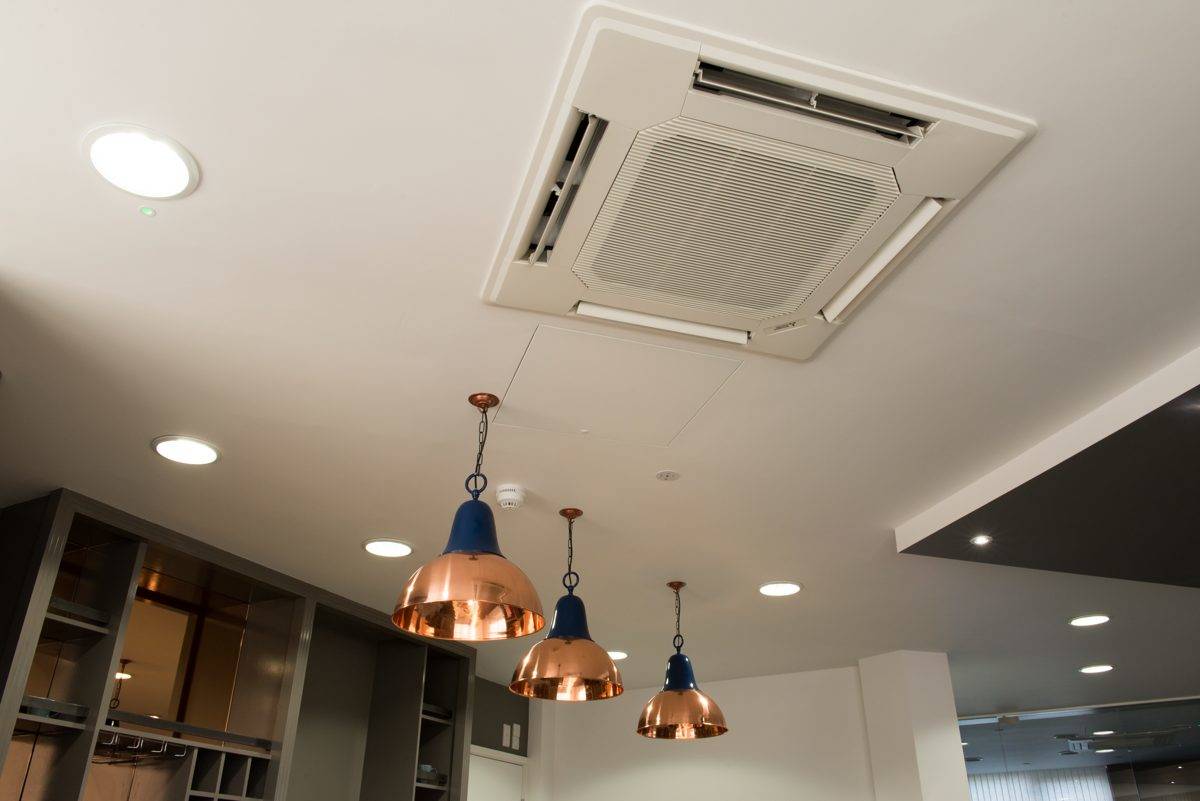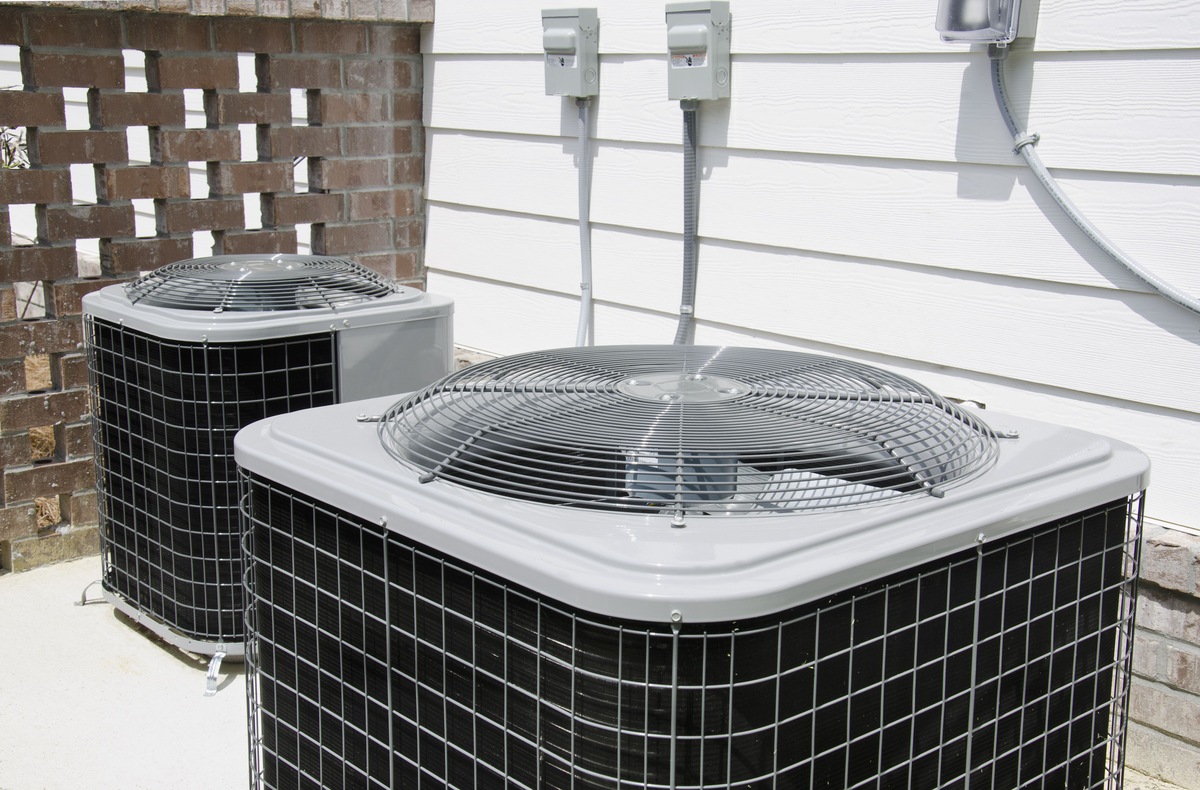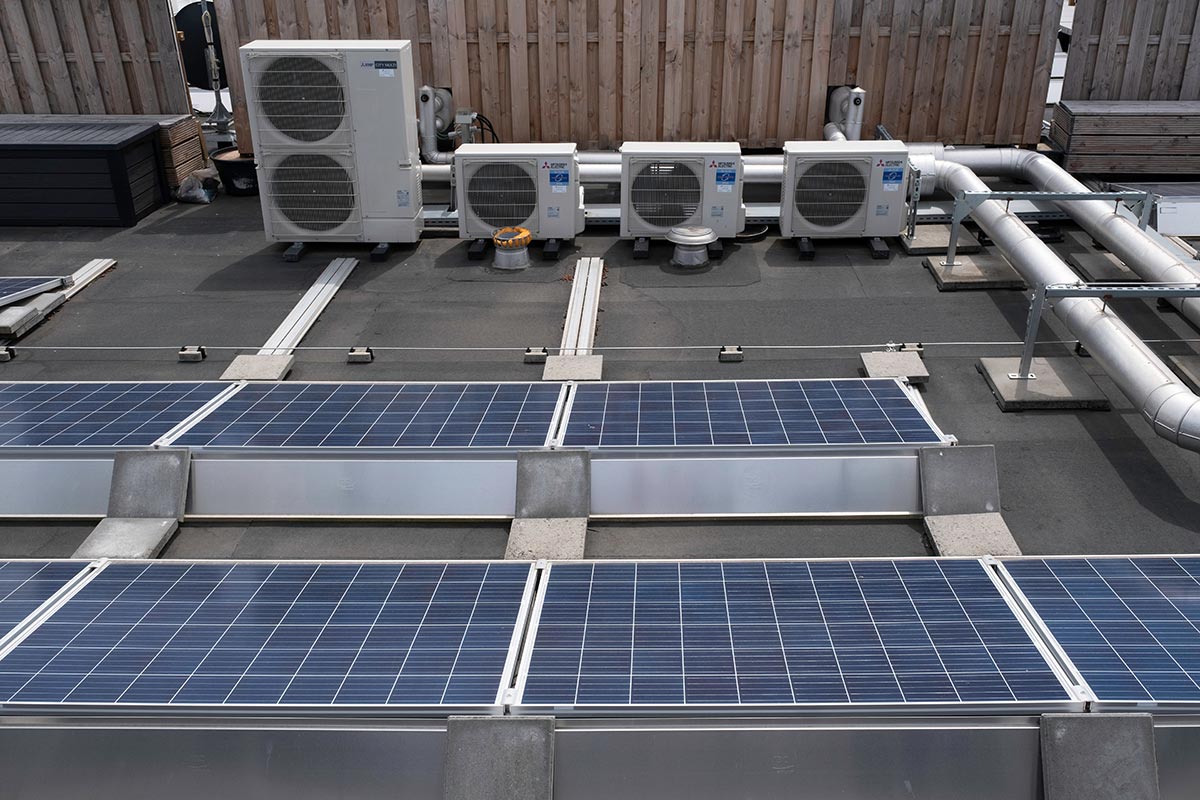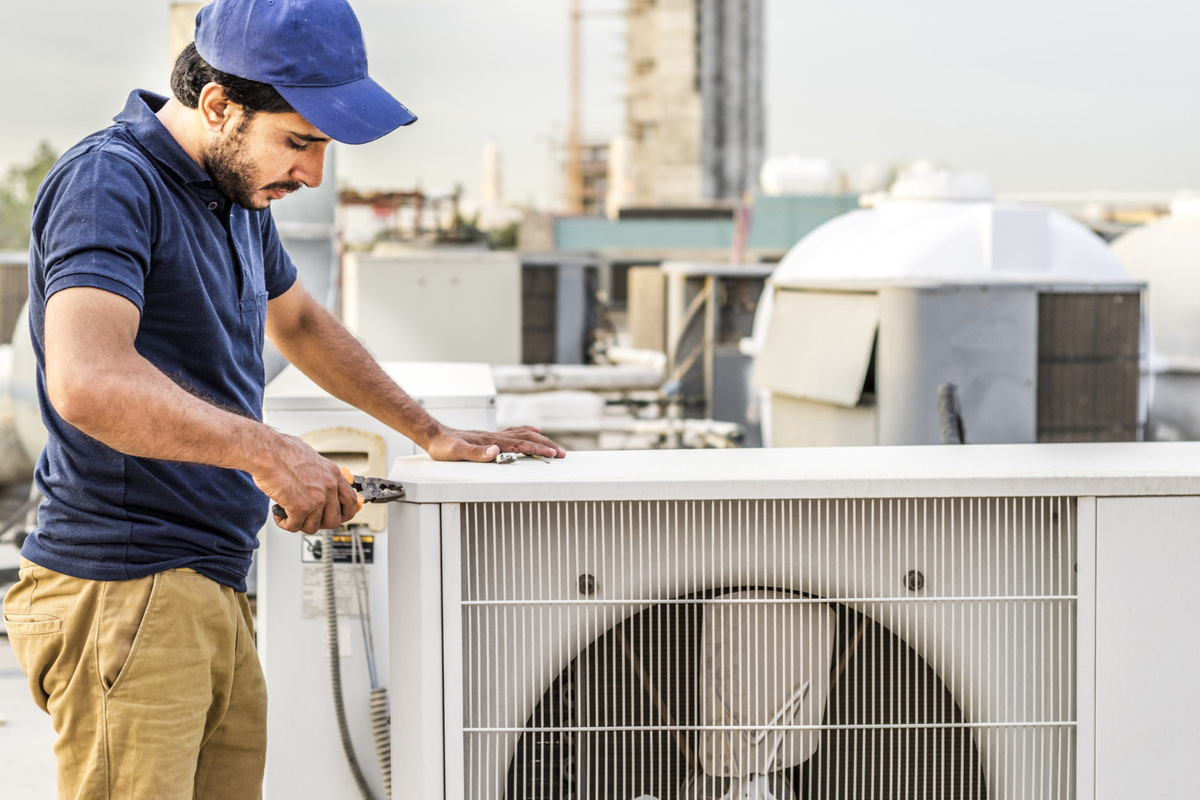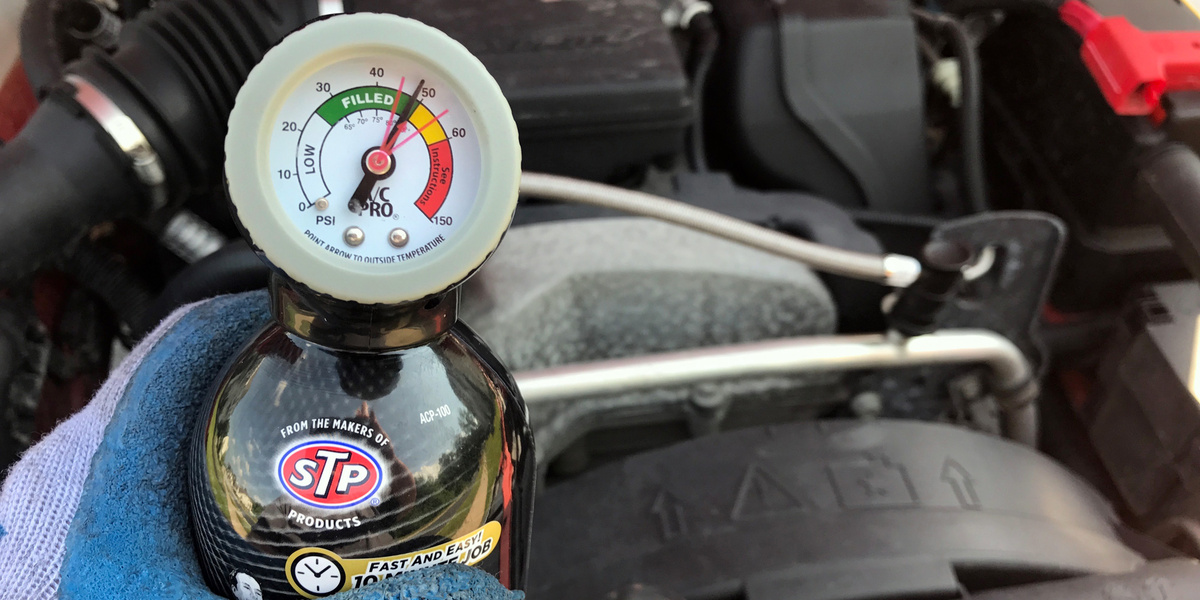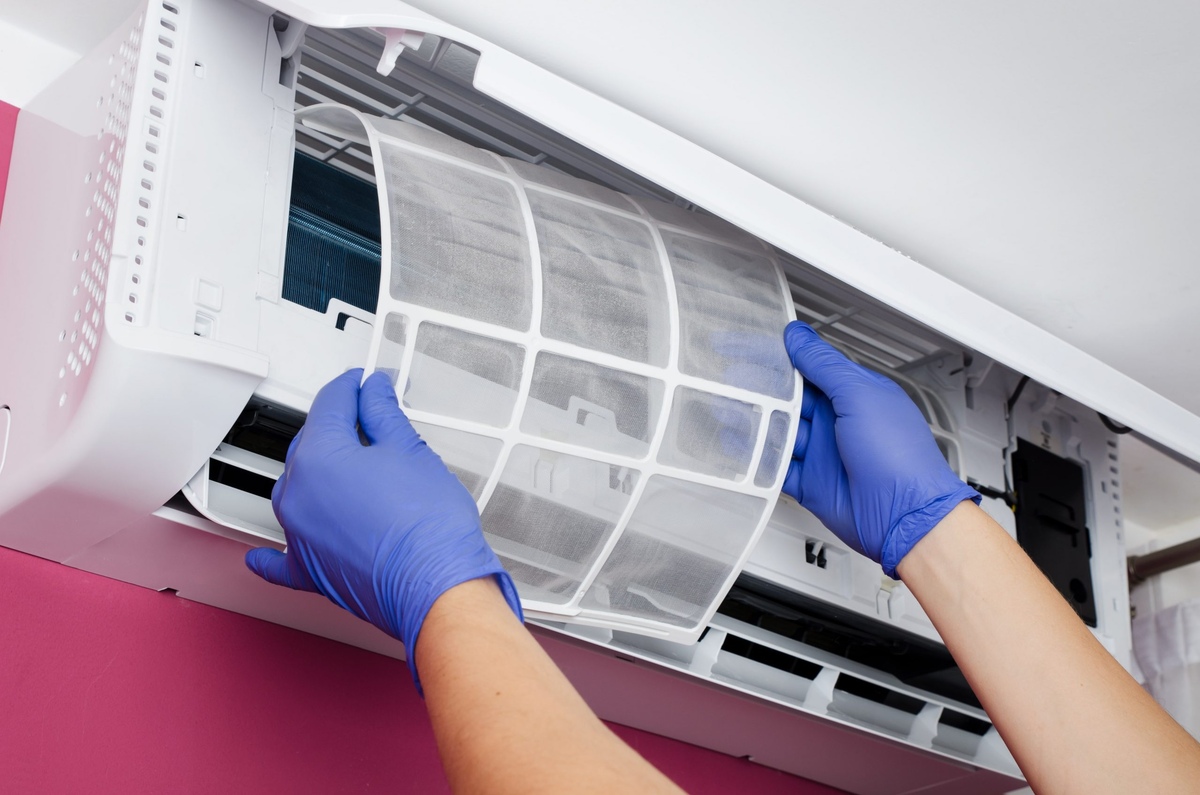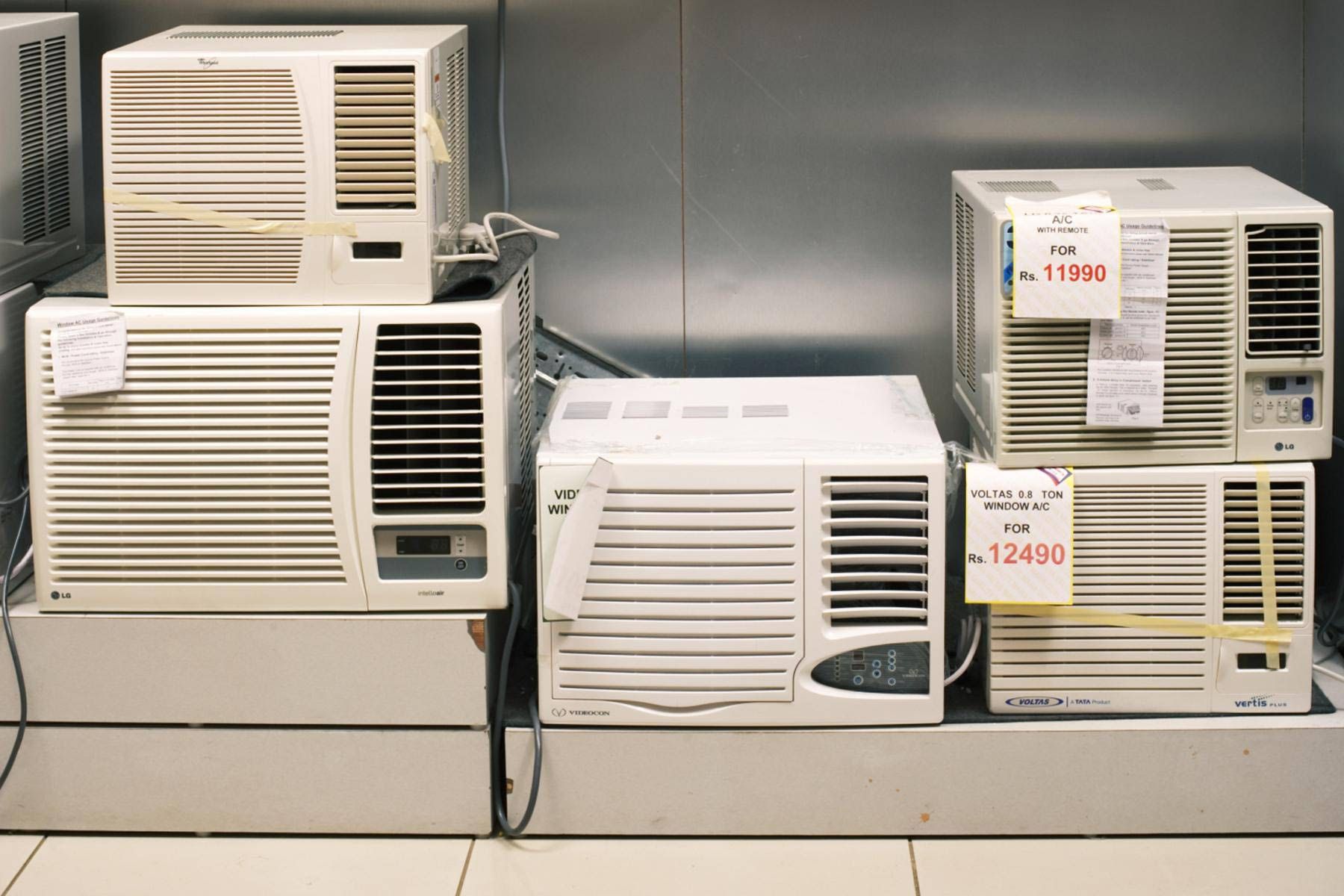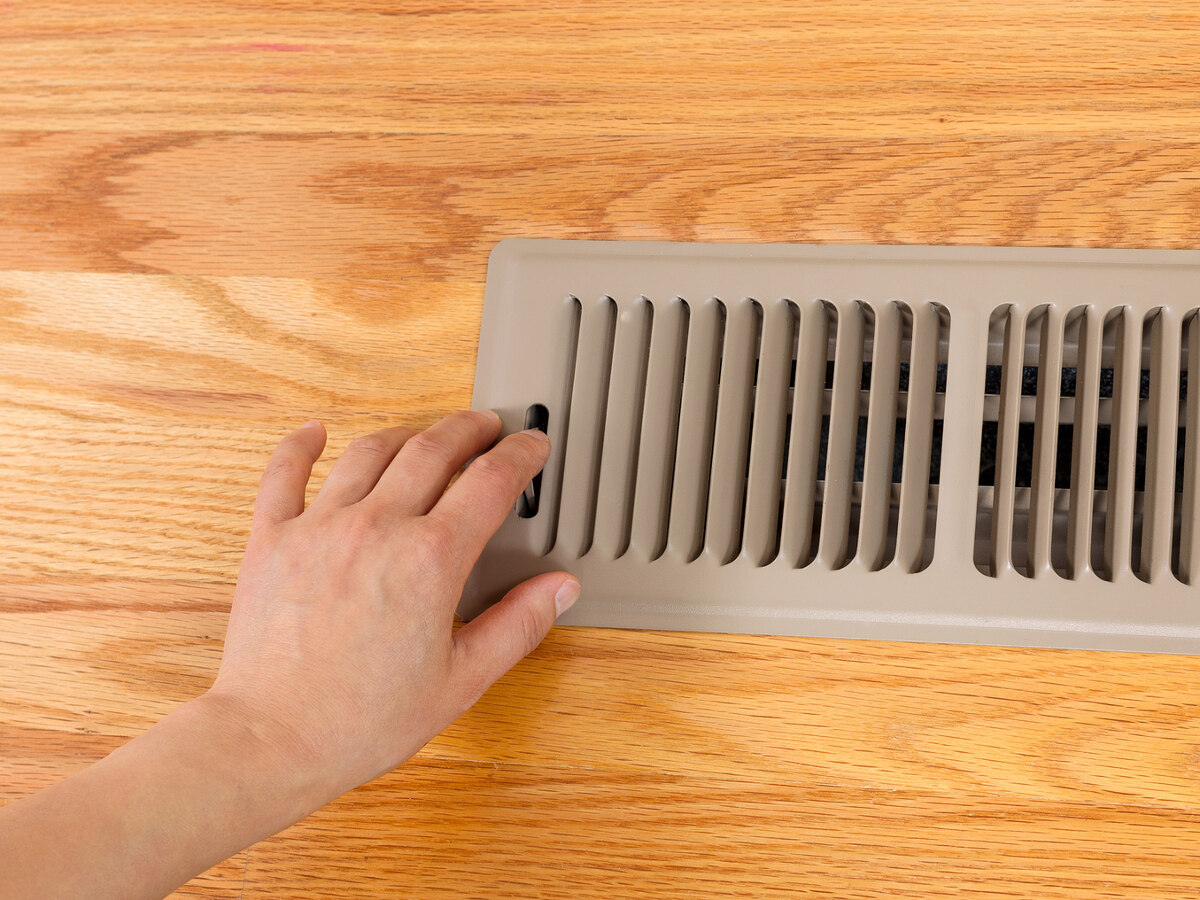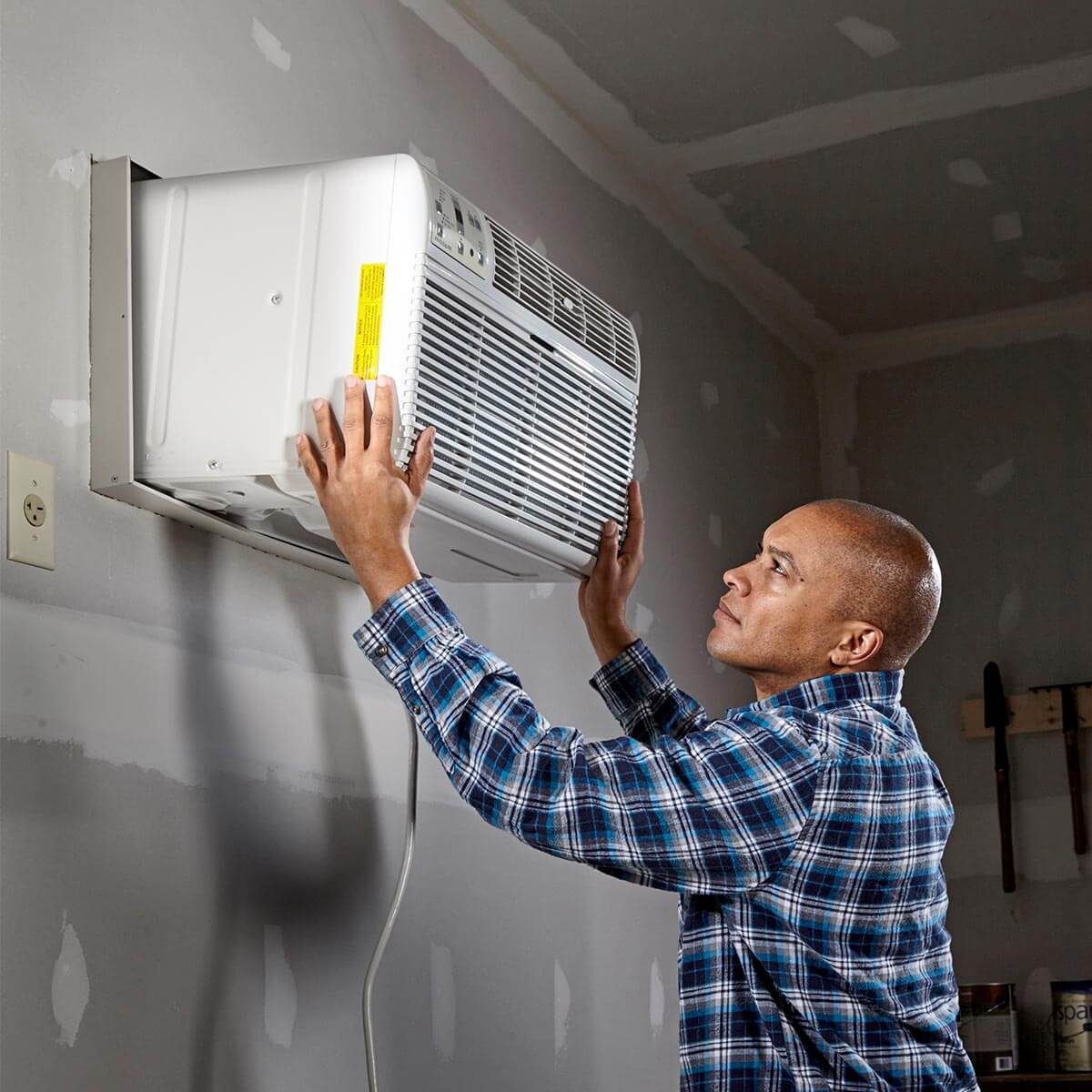Home>Home Maintenance>How Vrv Air Conditioning Works
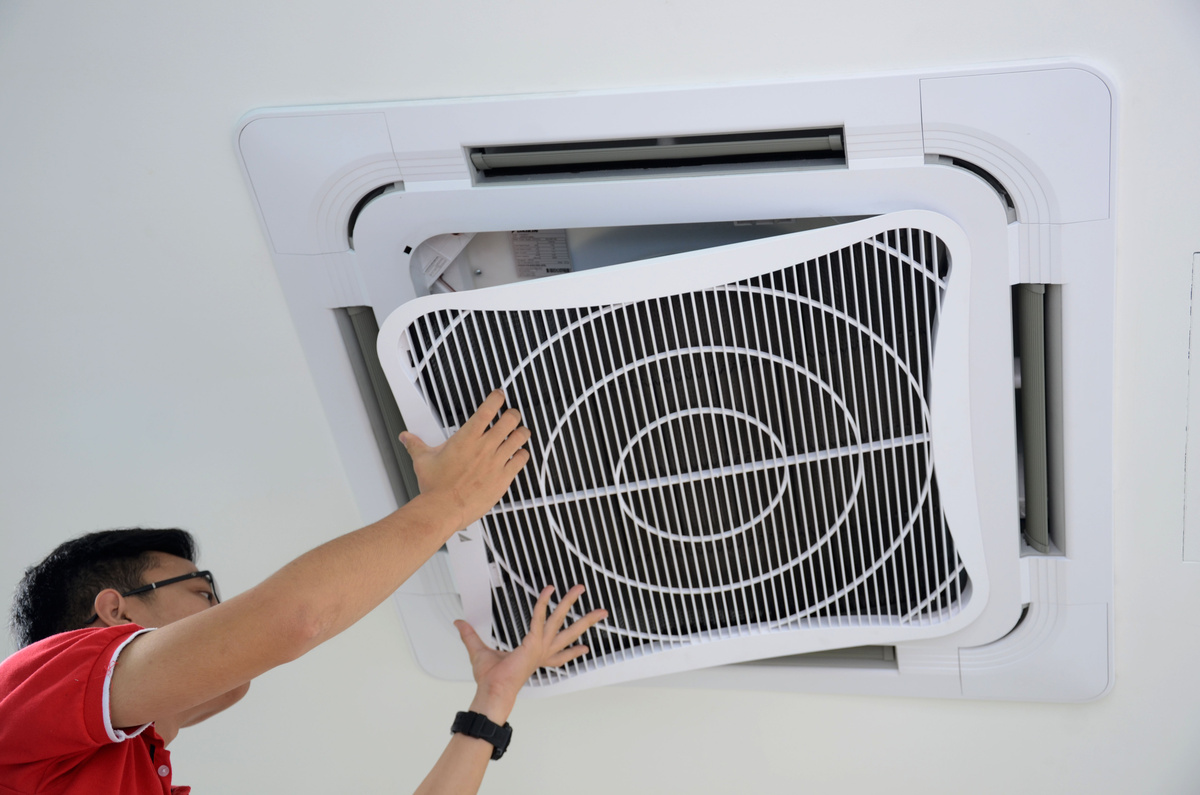

Home Maintenance
How Vrv Air Conditioning Works
Modified: March 6, 2024
Discover how Vrv Air Conditioning works and gain insight into its benefits for home maintenance. Improve your indoor comfort with efficient cooling and heating solutions.
(Many of the links in this article redirect to a specific reviewed product. Your purchase of these products through affiliate links helps to generate commission for Storables.com, at no extra cost. Learn more)
Introduction
Welcome to the world of VRV air conditioning! In this article, we will explore the ins and outs of this innovative HVAC system and how it can revolutionize home comfort. Whether you’re a homeowner looking to upgrade your cooling system or a curious individual wanting to learn more about the latest in air conditioning technology, you’re in the right place.
VRV stands for Variable Refrigerant Volume, which refers to the advanced technology used in this type of air conditioning system. Unlike traditional systems that operate at a fixed speed, VRV systems have the flexibility to adjust the amount of refrigerant flowing through the system based on the cooling requirements of different zones in your home. This intelligent control allows for greater energy efficiency and improved comfort levels throughout the entire space.
In the following sections, we will delve deeper into the components that make up a VRV air conditioning system, explore how it works, discuss its advantages and disadvantages, and provide insights into maintenance and service requirements. By the end of this article, you’ll have a comprehensive understanding of VRV air conditioning’s inner workings and be better equipped to make informed decisions for your home’s cooling needs.
Key Takeaways:
- VRV air conditioning systems use advanced technology to provide personalized comfort and energy efficiency by adjusting refrigerant flow based on specific cooling needs in different areas of a building.
- Regular maintenance and service are essential to ensure optimal performance and longevity of VRV air conditioning systems, including tasks such as filter cleaning, refrigerant level checks, and system diagnostics.
Read more: How Evaporative Air Conditioning Works
What is VRV Air Conditioning?
VRV air conditioning, also known as Variable Refrigerant Volume air conditioning, is a cutting-edge cooling technology that offers increased energy efficiency and flexibility in temperature control. Developed by Daikin, a leading manufacturer in the HVAC industry, VRV air conditioning systems have gained widespread popularity for their ability to provide customized comfort in residential and commercial spaces.
The key feature of VRV air conditioning is its variable refrigerant volume control. Traditional air conditioning systems operate at a fixed speed, meaning they deliver a constant flow of cooled air, regardless of the specific cooling requirements of different areas in a building. This can lead to energy wastage and less precise temperature control.
VRV air conditioning systems, on the other hand, can vary the amount of refrigerant flowing through the system based on the cooling needs of each zone. This is achieved through a combination of advanced electronic controls, variable speed compressors, and multiple indoor units. By adjusting the refrigerant flow, VRV systems can efficiently cool different areas of a building at different times, ensuring optimal comfort and energy savings.
Another distinguishing feature of VRV air conditioning is its ability to offer simultaneous heating and cooling. With traditional HVAC systems, you typically have separate units for heating and cooling, which can be costly and inefficient. VRV systems, however, use heat recovery technology to redirect waste heat from areas that require cooling to those that need heating. This not only saves energy but also eliminates the need for separate heating equipment, making VRV air conditioning a versatile and cost-effective solution.
VRV air conditioning systems are also known for their flexibility in design and installation. The outdoor condensing unit can connect to multiple indoor units, allowing you to create different zones with individual temperature control. This is especially beneficial for larger spaces or buildings with varying occupancy levels. Additionally, VRV systems can be easily integrated with building management systems, enabling centralized control and monitoring of the entire cooling system.
In summary, VRV air conditioning is a revolutionary technology that offers precise temperature control, energy efficiency, simultaneous heating and cooling, and versatile design options. Whether it’s a residential home, office building, or commercial space, VRV air conditioning systems provide a comfortable and efficient cooling solution.
Components of VRV Air Conditioning System
VRV air conditioning systems consist of several key components that work together to provide efficient and customizable cooling. Understanding the role of each component is essential in comprehending how the system operates. Let’s explore the main components of a VRV air conditioning system:
- Outdoor Unit: The outdoor unit, also known as the condensing unit, is the heart of the VRV system. It houses the compressor, condenser, and other essential components. The compressor is responsible for compressing the refrigerant, while the condenser transfers heat from the refrigerant to the surrounding air.
- Indoor Units: Indoor units, often referred to as fan coil units, are installed in each individual zone or room. These units blow conditioned air into the space and can be configured to provide cooling, heating, or both. VRV systems offer a wide range of indoor unit styles, including ceiling-mounted units, wall-mounted units, and concealed ducted units, allowing for seamless integration into different architectural designs.
- Refrigerant Piping: Refrigerant piping connects the outdoor unit to the indoor units, enabling the flow of refrigerant between them. The piping is insulated to prevent heat gain or loss, ensuring the efficient transfer of refrigerant throughout the system.
- Branch Selector Boxes: Branch selector boxes distribute the refrigerant flow from the outdoor unit to the individual indoor units. They act as control valves, regulating the amount of refrigerant entering each zone. This allows for precise temperature control and balancing of cooling loads in different areas.
- Control System: The control system is the brains behind the VRV air conditioning system. It consists of a controller or control board that manages the operation of the outdoor unit, indoor units, and various sensors. The control system enables users to set temperature preferences, control fan speeds, and schedule operation modes for each zone.
- Optional Accessories: Additional accessories can be integrated into a VRV system to enhance comfort and convenience. These may include remote controls, smart thermostats, occupancy sensors, and air quality sensors. These accessories provide advanced control and monitoring options for optimal comfort and energy efficiency.
The seamless integration of these components allows VRV air conditioning systems to provide customized comfort, energy efficiency, and flexible zoning capabilities. By adjusting refrigerant flow and temperature settings in each zone independently, VRV systems ensure optimal cooling performance while minimizing energy consumption.
How Does VRV Air Conditioning Work?
VRV air conditioning systems operate on a sophisticated principle that allows for precise temperature control and energy efficiency. To understand how VRV systems work, let’s take a closer look at the process:
- Refrigerant Flow: The heart of a VRV system is the compressor located in the outdoor unit. It compresses the refrigerant, increasing its pressure and temperature. The high-pressure refrigerant then flows through the refrigerant piping to the branch selector boxes.
- Zoning Control: Each indoor unit is connected to a branch selector box, allowing for individual zoning control. The branch selector boxes regulate the flow of refrigerant to each indoor unit based on the cooling demand of the specific zone. This zoning capability enables personalized temperature control and efficient energy usage.
- Heat Exchange: As the refrigerant enters the indoor units, it passes through the fan coil units. Simultaneously, the indoor unit’s fan blows indoor air over the coils, causing heat exchange between the refrigerant and the indoor air. If cooling is required, the heat from the indoor air is absorbed by the refrigerant, cooling down the space. Conversely, if heating is needed, the heat recovery feature redirects waste heat from cooling zones to heating zones.
- Refrigerant Cycle: After the heat exchange process, the refrigerant carries the absorbed heat back to the outdoor unit through the refrigerant piping. In the outdoor unit’s condenser, the refrigerant expels heat to the outside environment, allowing for efficient cooling. The refrigerant then returns to the compressor to repeat the cycle.
- Control and Monitoring: The entire VRV system is managed by a central controller or control board. It allows users to set temperature preferences, control fan speeds, and switch between operation modes for each zone. Some advanced systems even have smart features that learn user behavior and adjust settings accordingly, maximizing energy efficiency.
The beauty of VRV air conditioning lies in its variable refrigerant volume control that adapts to the specific needs of each zone. By precisely regulating refrigerant flow and heat exchange, VRV systems provide optimal comfort, energy efficiency, and flexibility. They can cool and heat multiple zones simultaneously, ensuring each area of a building is conditioned to the desired temperature, all while minimizing energy consumption.
When using a Vrv air conditioning system, make sure to regularly clean or replace the filters to maintain efficient airflow and cooling performance.
Advantages of VRV Air Conditioning
VRV air conditioning systems offer several compelling advantages that set them apart from traditional HVAC systems. Let’s explore the key benefits of choosing VRV technology for your cooling needs:
- Energy Efficiency: VRV systems are highly energy efficient. By adjusting the refrigerant flow and cooling capacity based on the specific demands of each zone, they can minimize energy wastage and reduce utility costs. The ability to simultaneously cool and heat different areas also contributes to energy savings by utilizing waste heat from cooling zones for heating purposes.
- Precise Temperature Control: With individual zoning control, VRV systems provide precise temperature control for each zone or room. This allows occupants to set their preferred temperature, ensuring personalized comfort. The independent control over each zone also enables energy savings by cooling or heating only the areas being used at a given time.
- Flexibility in Design: VRV air conditioning systems offer flexible design options. The outdoor condensing unit can connect to multiple indoor units, accommodating different layouts and architectural designs. This flexibility makes VRV systems ideal for both residential and commercial buildings, as they can cater to a range of spaces, from small apartments to large office complexes.
- Silent Operation: VRV systems are known for their quiet operation. The use of variable speed compressors and advanced fan designs greatly reduces noise levels, ensuring a peaceful and comfortable environment for occupants.
- Easy Installation and Maintenance: Installing a VRV system is relatively straightforward, and the modular design allows for scalability as per your cooling requirements. Additionally, VRV systems require minimal maintenance, thanks to self-diagnosis capabilities that help identify potential issues and ensure efficient operation. Regular maintenance tasks typically involve cleaning filters and checking refrigerant levels.
- Smart Control Options: VRV air conditioning systems can be integrated with smart controls, allowing for remote access and advanced programming features. Smart control options enable users to adjust temperature settings, fan speeds, and operation modes from anywhere using a smartphone or other smart devices. This convenience adds an extra layer of comfort and energy management.
By combining energy efficiency, precise temperature control, flexibility in design, silent operation, easy installation and maintenance, and smart control options, VRV air conditioning systems offer a compelling package for those seeking optimal comfort and efficiency. Whether it’s in a residential home or a commercial space, VRV systems provide a superior cooling solution.
Read more: How Vehicle Air Conditioning Works
Disadvantages of VRV Air Conditioning
While VRV air conditioning systems offer numerous advantages, it is important to consider some potential drawbacks as well. Let’s explore the disadvantages that should be taken into account when considering a VRV system:
- Higher Initial Cost: VRV systems tend to have a higher upfront cost compared to traditional HVAC systems. The advanced technology, multiple components, and customizability contribute to the higher price tag. However, the long-term energy savings and comfort benefits may outweigh the initial investment.
- Complex Installation: The installation of a VRV system requires professional expertise due to its complexity and the need for proper sizing and configuration. Improper installation can lead to reduced system performance and efficiency. It is crucial to hire qualified technicians with experience in VRV air conditioning installation.
- Reliance on Refrigerant Piping: VRV systems rely heavily on refrigerant piping, which must be carefully designed and installed. Issues such as leaks or improper insulation can lead to decreased performance and potential refrigerant loss. Regular maintenance and inspection of the piping system are necessary to ensure optimal operation.
- Limited Cooling Capacity in Extreme Conditions: VRV systems may have limited cooling capacity in extremely hot or cold climates. In high ambient temperatures, the efficiency of the outdoor unit’s heat rejection may decrease, impacting overall cooling performance. Additional equipment or system enhancements may be required to cope with extreme weather conditions.
- Incompatibility with Existing Infrastructure: Retrofitting a VRV system into an existing building with different ductwork or infrastructure can be challenging. Modifications or additional construction work may be necessary to accommodate the new system, adding complexity and cost to the installation process.
- Dependence on Electrical Power: Like any electrical appliance, VRV air conditioning systems rely on a stable and sufficient power supply. Power outages or voltage fluctuations can disrupt system operation. It is advisable to install backup power solutions, such as generators or uninterruptible power supply (UPS), to ensure continuous cooling during power disruptions.
While these disadvantages should be carefully considered, they do not negate the benefits of VRV air conditioning. With proper planning, installation, and maintenance, these challenges are manageable, and the advantages of energy efficiency, precise temperature control, and flexibility in design can outweigh the potential drawbacks.
Maintenance and Service Requirements
Proper maintenance and service are essential for ensuring the longevity and optimal performance of a VRV air conditioning system. By following recommended maintenance practices, you can maximize energy efficiency, prevent system breakdowns, and extend the lifespan of your equipment. Here are some key maintenance and service requirements for VRV air conditioning systems:
- Regular Filter Cleaning: Clean or replace the filters in the indoor units regularly. Clogged or dirty filters can restrict the airflow, reduce cooling efficiency, and affect indoor air quality. Consult the manufacturer’s guidelines for the recommended cleaning frequency and procedure.
- Inspect and Clean Outdoor Unit: Regularly inspect the outdoor unit for any debris, dirt, or vegetation that may obstruct the airflow. Clean the unit using a soft brush or low-pressure water spray, taking care not to damage any components.
- Check Refrigerant Levels: Monitor the refrigerant levels to ensure they are within the specified range. Low refrigerant levels can indicate leaks, which should be promptly addressed by a professional technician to prevent further damage to the system.
- Inspect Electrical Connections: Regularly check the electrical connections to ensure they are secure and free from corrosion. Loose or faulty connections can lead to system malfunctions or even electrical hazards.
- Check and Lubricate Fan Motors: Inspect the fan motors in the outdoor and indoor units and lubricate them as per the manufacturer’s recommendations. Proper lubrication helps reduce friction and wear on the motor components, improving performance and prolonging the motor’s life.
- Perform System Diagnostics: VRV systems are equipped with advanced diagnostic capabilities that can identify potential issues. Regularly perform system diagnostics to proactively detect any faults or malfunctions. Addressing problems early can prevent more extensive damage to the system and ensure it continues to operate at its highest efficiency.
- Schedule Professional Maintenance: While some maintenance tasks can be done by homeowners, it is advisable to schedule regular professional maintenance. HVAC technicians with expertise in VRV systems can perform comprehensive inspections, calibrations, and tune-ups to keep the system in peak condition.
- Keep Records: Maintaining a record of maintenance activities, repairs, and service visits can help track the system’s history and identify patterns or trends. This information is valuable for troubleshooting, warranty claims, and future maintenance planning.
It is important to follow the manufacturer’s recommended maintenance schedule and adhere to any specific guidelines provided. Regular maintenance and timely service ensure optimal functionality, energy efficiency, and long-term reliability for your VRV air conditioning system.
Conclusion
VRV air conditioning systems offer a revolution in home comfort, providing efficient and customizable cooling options for residential and commercial spaces. These systems, powered by Variable Refrigerant Volume technology, offer numerous advantages and benefits.
With precise temperature control, energy efficiency, flexible design options, and silent operation, VRV air conditioning systems excel in providing personalized comfort while minimizing energy consumption. The ability to simultaneously cool and heat different areas using waste heat recovery further enhances their energy-saving capabilities.
While VRV systems come with a higher initial cost and require professional installation, their long-term benefits outweigh these drawbacks. Regular maintenance and service, including filter cleaning, checking refrigerant levels, and conducting system diagnostics, are crucial to ensure optimal performance and longevity.
In conclusion, VRV air conditioning systems are a significant advancement in HVAC technology, offering efficient and personalized cooling solutions. Whether you’re looking for energy savings, precise temperature control, or flexibility in design, VRV systems are a worthwhile investment that can enhance your home comfort for years to come.
Frequently Asked Questions about How Vrv Air Conditioning Works
Was this page helpful?
At Storables.com, we guarantee accurate and reliable information. Our content, validated by Expert Board Contributors, is crafted following stringent Editorial Policies. We're committed to providing you with well-researched, expert-backed insights for all your informational needs.
